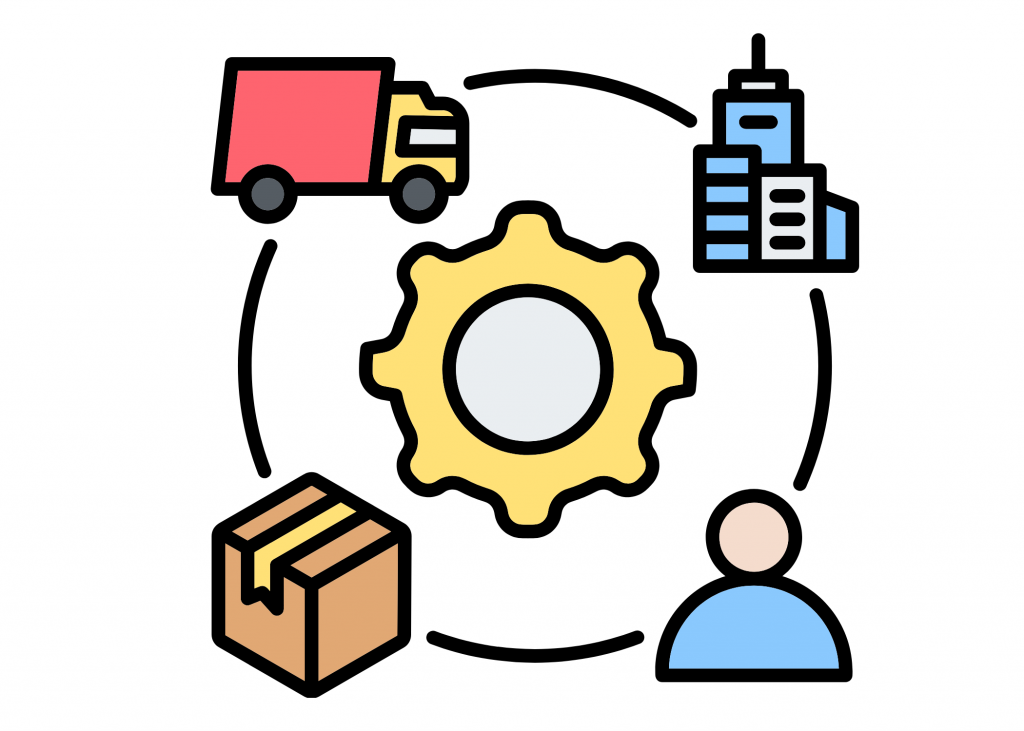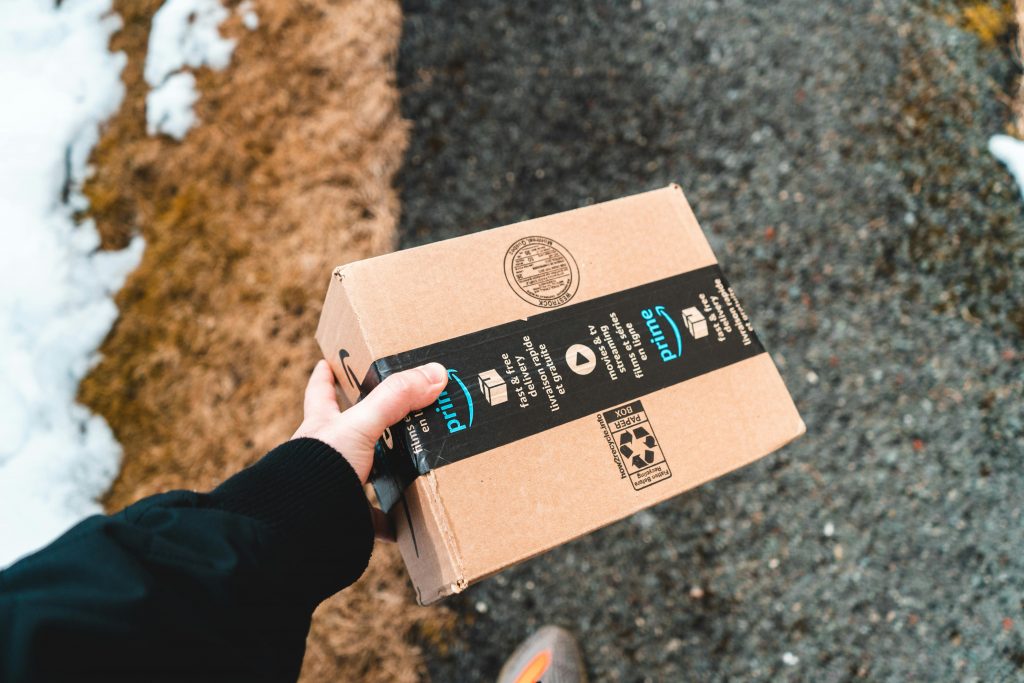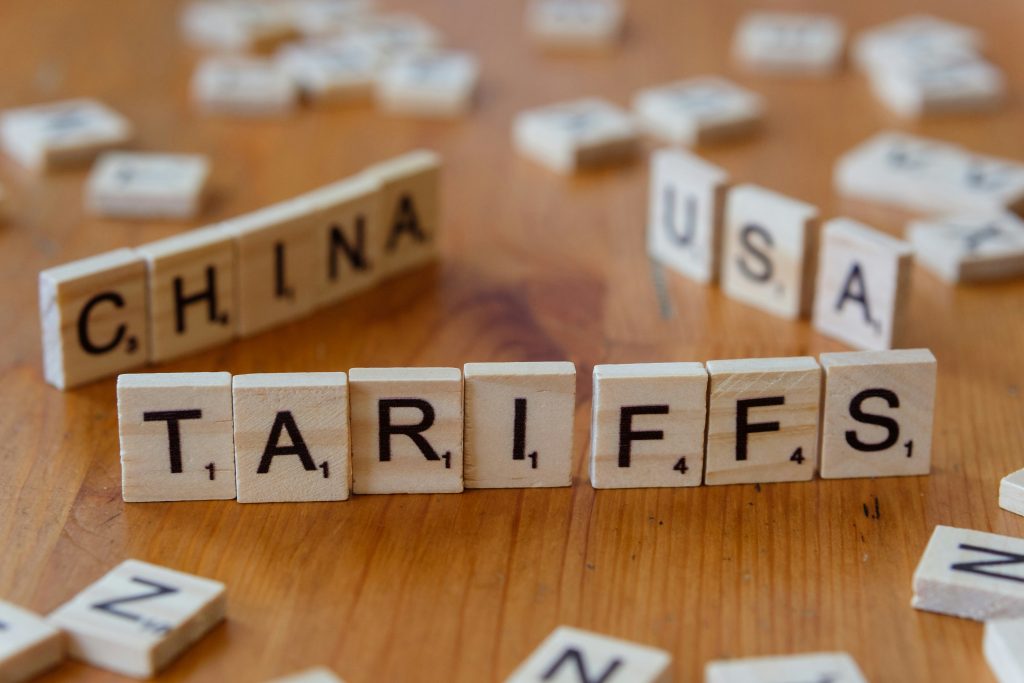
Tariff Volatility: How Canadian 3PL Providers Can Help
In the modern global economy, few things disrupt international trade as swiftly and profoundly as tariff volatility — particularly when it comes from one of the world’s largest trading partners, the United States. For Canadian businesses that rely heavily on cross-border trade, fluctuating U.S. tariffs pose a significant threat to operational continuity, cost predictability, and global competitiveness. Amidst this uncertainty, Canadian third-party logistics (3PL) providers are stepping in not only as service providers but as strategic partners offering the adaptability, intelligence, and infrastructure needed to navigate trade disruptions. Let’s explore how Canadian 3PL providers can help businesses mitigate the impact of U.S. tariff volatility, enhance supply chain resilience, and maintain access to critical markets.
1. Understanding U.S. Tariff Volatility and Its Impact on Canada
U.S. tariff policies have become increasingly unpredictable due to shifting political landscapes, trade disputes, and protectionist trends. For example, in recent years, tariffs have been imposed or threatened on products ranging from steel and aluminum to agricultural goods and electronics, with little advance notice. This volatility affects Canadian exporters and importers alike, especially since the U.S. is Canada’s largest trading partner.
The implications of such tariff shifts include:
-
Sudden increases in import/export costs
-
Changes in sourcing and supplier strategies
-
Delays in customs clearance
-
Stockpiling or rerouting of goods
-
Trade volume fluctuation
Canadian businesses, particularly small and mid-sized enterprises (SMEs), often lack the in-house expertise or infrastructure to adapt quickly. Here, Canadian 3PL firms have an opportunity to provide real value.
2. Flexible Transportation and Routing Solutions
One of the most immediate challenges posed by new or increased U.S. tariffs is the need to reroute shipments to avoid costly border crossings or to leverage trade agreements with other countries. Canadian 3PL providers offer extensive multimodal transportation networks — including trucking, rail, air, and maritime routes — that can be adjusted quickly in response to trade changes.
For instance, if U.S. tariffs on Chinese goods suddenly rise, a Canadian importer may wish to bring goods directly from Asia into Canada and avoid re-exporting them to the U.S. A 3PL provider can offer port alternatives (e.g., Prince Rupert or Vancouver), inland transport to Canadian distribution centers, and customs strategies that reduce exposure to U.S. duties.
In reverse, if U.S. tariffs make certain exports from Canada less competitive, 3PL firms can help companies identify alternative export markets or shipping routes that bypass costly checkpoints.
3. Customs Expertise and Tariff Mitigation Strategies
Navigating the complexities of cross-border trade in a volatile tariff environment requires specialized customs knowledge. Canadian 3PL providers often employ customs brokers and trade compliance experts who stay up to date with current U.S. tariff regimes, trade agreements like CUSMA (Canada–United States–Mexico Agreement), and various tariff classification systems.
These professionals can assist clients with:
-
Correct classification of goods to avoid unnecessary duties
-
Utilization of tariff exemptions or reductions through programs like the General Preferential Tariff (GPT) or special economic zones
-
Deferred duties through bonded warehousing or temporary importation procedures
-
Advanced rulings and compliance documentation that reduce border delays and mitigate the risk of penalties
Such expertise is especially vital during trade disputes, when the risk of audits, reclassification, or retroactive tariffs increases.
4. Inventory Strategy and Warehousing Flexibility
Tariff volatility often leads to shifts in inventory behavior. Businesses may attempt to stockpile goods ahead of tariff increases, slow down inventory intake during trade uncertainty, or reposition inventory geographically to remain closer to key markets. Canadian 3PLs are well-equipped to support these needs through scalable, flexible warehousing solutions across the country.
Many 3PL providers offer:
-
Bonded warehouses where imported goods can be stored without paying duties until they enter the market
-
Just-in-time (JIT) or just-in-case (JIC) inventory management to accommodate client risk tolerance
-
Distribution centers near U.S. borders (e.g., in Windsor, Niagara, or Vancouver) that allow for rapid deployment of goods depending on tariff conditions
By using 3PL-managed warehousing, Canadian businesses can maintain better control over inventory flows and adjust their strategies without investing in costly infrastructure.
5. Trade Diversification and Market Expansion Support
In response to volatile U.S. tariffs, many Canadian companies are seeking to diversify trade away from the U.S. and toward more stable markets — such as the EU, the UK, and Asia-Pacific countries involved in agreements like CPTPP (Comprehensive and Progressive Agreement for Trans-Pacific Partnership).
Canadian 3PLs can facilitate this shift by:
-
Helping clients identify and access new export markets
-
Coordinating end-to-end international logistics to countries outside North America
-
Advising on trade documentation, foreign customs regulations, and Incoterms
-
Utilizing global freight forwarding capabilities and foreign trade partnerships
By acting as a bridge to global markets, Canadian 3PL providers help mitigate the risks of over-reliance on U.S. trade flows.
6. Technology and Real-Time Decision Support
With tariff policies changing rapidly, businesses need up-to-the-minute insights and responsive tools to guide logistics decisions. Canadian 3PL providers are increasingly investing in technologies such as:
-
Transportation Management Systems (TMS)
-
Customs compliance platforms
-
Predictive analytics and AI forecasting
-
Real-time shipment tracking
These tools enable businesses to assess the cost impact of tariff changes, simulate alternate shipping routes, and make rapid adjustments. Some 3PLs also offer client portals with tariff calculators, customs document generators, and visibility dashboards — all of which streamline compliance and planning.
7. Scenario Planning and Risk Management
Beyond day-to-day operations, Canadian 3PLs serve as long-term strategic partners by helping businesses plan for tariff-related contingencies. Through supply chain consulting and risk modeling, 3PL firms can simulate the effects of various tariff scenarios and develop preemptive action plans.
This strategic guidance can include:
-
Identifying supply chain vulnerabilities
-
Designing diversified sourcing strategies
-
Recommending nearshoring or reshoring options
-
Developing buffer stock or dual-sourcing arrangements
Such services are especially valuable to SMEs that may not have in-house logistics planning expertise but still need to remain competitive amid trade uncertainty.
8. Collaborative Advocacy and Policy Feedback
As frequent intermediaries between clients and government agencies, Canadian 3PL providers are in a unique position to advocate for trade-friendly policies and provide feedback on the real-world impact of tariff changes. Some larger logistics firms work with industry associations or chambers of commerce to represent their clients’ interests in discussions with Canadian and U.S. policymakers.
This advocacy role can indirectly help mitigate future volatility and ensure that logistics providers remain aligned with regulatory changes, giving clients additional confidence in their operations.
U.S. tariff volatility poses significant risks to Canadian businesses involved in cross-border trade — risks that include cost spikes, disrupted supply chains, and diminished market access. Yet within this uncertainty lies an opportunity for Canadian 3PL providers to deliver critical value. By offering flexible transportation options, customs expertise, scalable warehousing, technology integration, and strategic consulting, 3PL firms empower Canadian businesses to adapt and thrive.
In a world where trade dynamics are increasingly unstable, the role of the Canadian 3PL provider is evolving — from simple logistics facilitator to trusted trade partner and risk manager. Those that embrace this expanded role will not only support their clients more effectively but also help ensure Canada’s continued success in the global marketplace.
